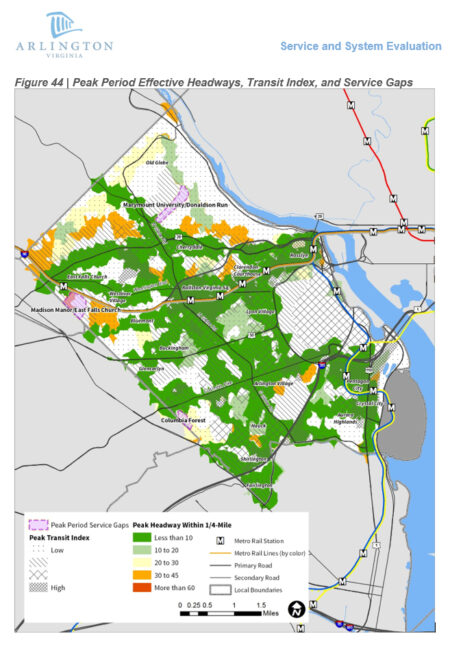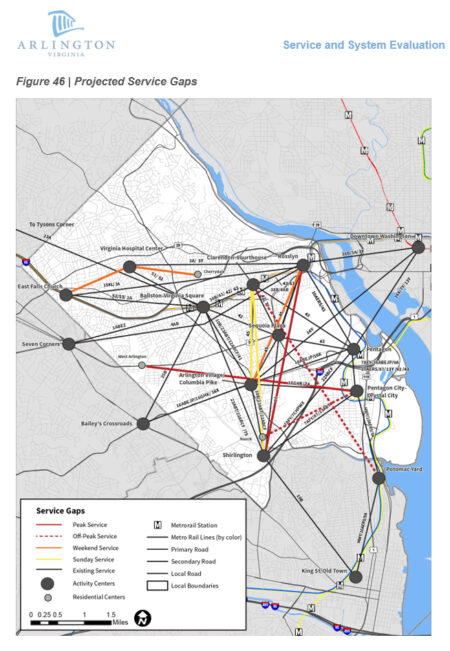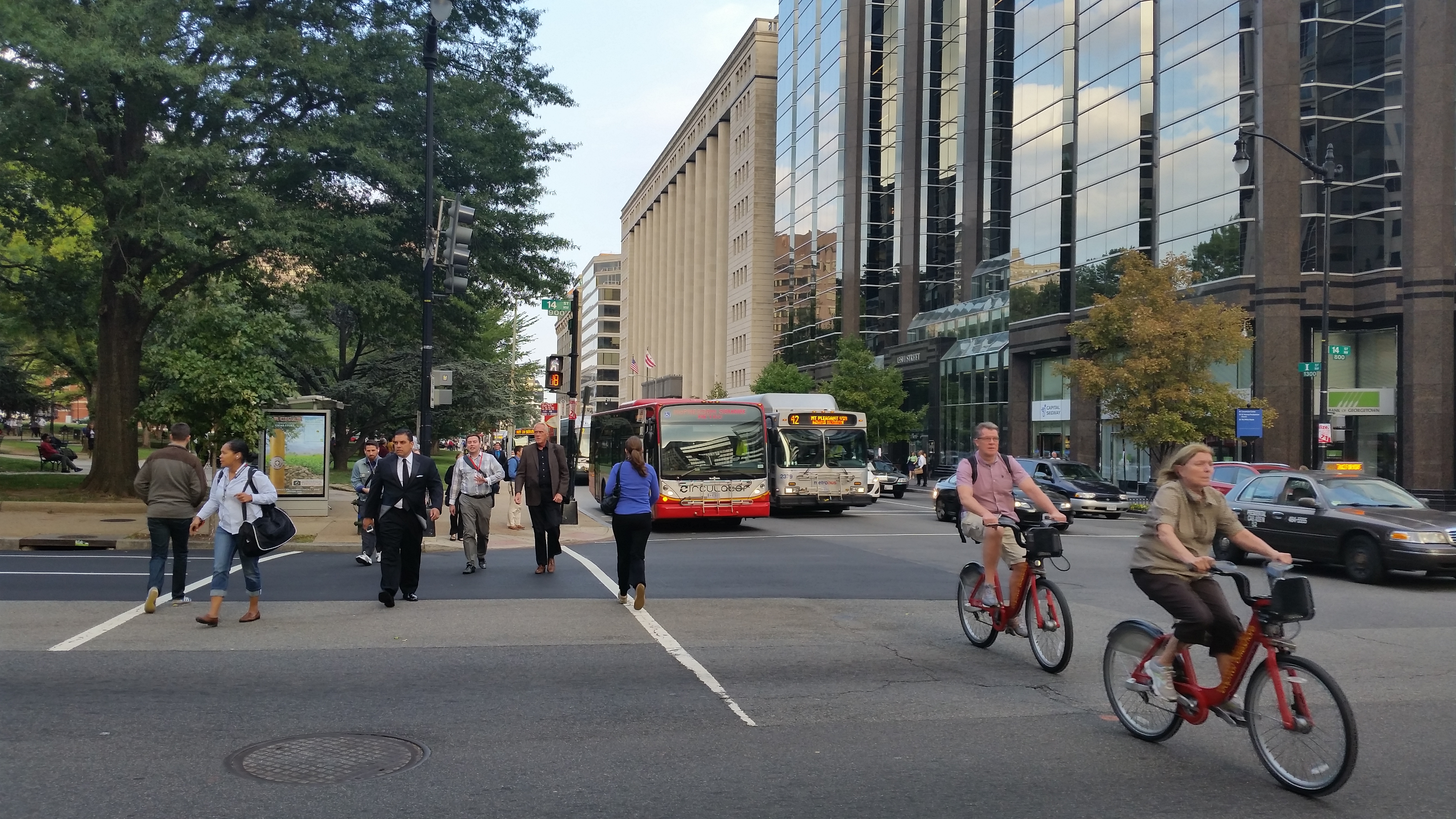Recently, along with our partner VHB, we completed a transformative Transit Development Plan (TDP) for Arlington County, Virginia, which showcased our commitment to developing innovative service plans through outside of the box thinking. We developed proposals for a flexible transit model and premium-level fixed transit services.

On July 16, 2016, the Arlington County Board unanimously adopted the new TDP, which will serve as a road map for Arlington Transit (ART) and Metrobus service improvements through Fiscal Year 2026. In addition to Arlington, Foursquare ITP played a lead role in other recent plans, developing the Fairfax County, Virginia TDP (with TranSystems), the DC Circulator TDP (with KFH Group), and the Eastern Panhandle Transit Authority TDP (with Michael Baker International), representing a variety of agency types and service areas.
With all of this transit planning going on, we wanted to address the question that burns many transit planners’ minds–is there really any value to a TDP beyond collecting dust on a shelf? We think the answer is an emphatic YES, if you do it right. Done with strong quantitative data analysis and public and stakeholder engagement, a TDP has great value in guiding short- to mid-term transit improvements and can be used as a daily guidebook for the transit operator.
Many state governments mandate TDPs every five to six years. At Foursquare ITP, we believe that TDPs represent an opportunity to plan for targeted and sustainable transit growth and expansion to enable system productivity while maintaining community usefulness. TDPs that we produce focus efforts toward ensuring the creation of practical and implementable recommendations through a data-driven approach to the assessment of the existing services and the market analysis of the service area, combined with an extensive multi-phased public outreach effort aimed at receiving many comments and ideas from current passengers and non-riders alike.
For all of our TDPs and many other transit plans we employ a data-driven approach to assess the transit market and current transit options offered, consisting of two specific analyses: a transit propensity analysis and a gap analysis. The propensity analysis, customized for each community in which we do a plan, focuses on over 60 demographic and socioeconomic factors that indicate likely transit use in a given area; it shows transit propensity for work trips, non-work trips, and where transit-oriented populations live. Combining the transit propensity indices with existing transit service allows our service planners to identify areas and connections that are currently lacking in the system. Gaps most often include level of service (i.e., frequency or span) and coverage deficiencies. The two analyses, plus the qualitative information gained from public engagement and a comprehensive assessment of the services, mold our recommendations for well thought-out, logical, and implementable services that fit the needs of existing and potential passengers.

Foursquare ITP’s comprehensive TDP public engagement methodology consists of several sequential phases (the number depends on the project type and budget), all tailored towards the client’s specific needs and the transit setting. The initial phase focuses on community needs and desires for transit, which can range from preferred levels of service to possible alternative transit models that would be more attractive to current non-riders. This phase typically also consists of sharing the propensity and transit gap findings, as well as the assessment of the existing transit services in meeting the needs of residents and employees. We ask participants to verify the findings and to review potential service planning solutions to improve the system. Using the wealth of input collected from public engagement along with the quantitative analysis allows for the creation of a plan that is supported by data and began with community input, increasing buy-in from the public and stakeholders alike. Finally, we develop recommendations collaboratively with our clients and other stakeholders, not only ensuring that the results are widely accepted but also expediting the planning process.
Once we have developed these draft recommendations we reach out to the public again and engage them in a discussion using route sheets, giant maps, and many other materials communicate service and system proposals to the community. Myriad event types engage the public and stakeholders in forums that elicit both critical and supportive comments that will ultimately refine the recommendations. Foursquare ITP has facilitated events such as “pop-ups” at highly used bus stops and major transit use generators (e.g., shopping centers, educational facilities, government and social agencies, major employers, etc.), public meeting workshops at targeted locations, and focus group and stakeholder group meetings, as well as online and mobile application technology to gain extensive feedback from a large cross-section of the community. Most importantly, it is critical to actually compile, evaluate, and incorporate this feedback into the final recommendations.
The final TDP recommendations are then prioritized and programmed into an implementation schedule based on financial constraints and other external factors. This implementation plan includes all of the details needed, e.g., capital and operating costs, runtimes, layover times and locations, to ensure that the TDP is not a shelf document but one that the transit agency or operator can refer to on a daily basis.
